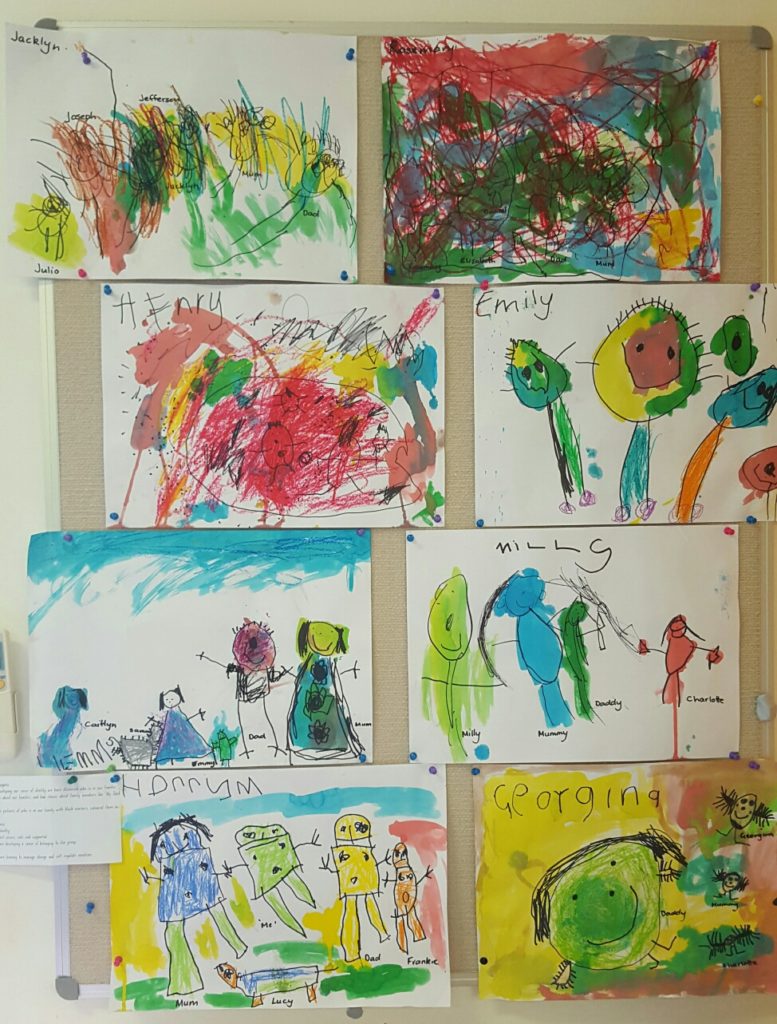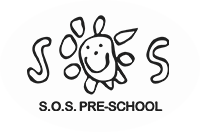The Art Room
Art has traditionally been an important part of early childhood programs. Friedrich Froebel, the father of kindergarten, believed that young children should be involved in both making their own art and enjoying the art of others. To Froebel, art activities were important, not because they allowed teachers to recognise children with unusual abilities, but because they encouraged each child’s “full and all-sided development” (Froebel, 1826). More than a century later, early childhood teachers are still concerned with the holistic development of each child. As Froebel recognized, making art and enjoying the art of other people and cultures are very important to the development of the whole child.
(www.earlychildhoodnews.com/earlychildhood/article)
 At SOS Pre School, our art room is programmed and planned for each week. Some children will naturally choose to participate in the activities in this learning area while others are encouraged to try.
At SOS Pre School, our art room is programmed and planned for each week. Some children will naturally choose to participate in the activities in this learning area while others are encouraged to try.
Making a choice of which activities to engage in and what materials to use gives children a strong sense of emotional satisfaction and is often the first time they have had the opportunity to make independent choices and decisions (Schirrmacher, 1998; Seefeldt, 1993).
Children learn:
- To express what they are thinking and feeling.
- To develop eye/hand co-ordination.
- Use language to communicate wants and needs and what they have created.
- To use and develop control of large and small muscle groups.
- To develop a range of skills and processes such as problem solving, inquiry, experimentation and investigation.
- About size and shape.
- To persevere when things go wrong.
- Self help skills.
- To use senses to explore materials then move onto the use of symbols when creating art. This is the foundation for literacy learning.
EYLF Outcomes
- Co-operate and work collaboratively with others
- Use play to investigate and explore new ideas
- Manipulating equipment tools with confidence
- Try out strategies
- Predict patterns and exchange ideas
